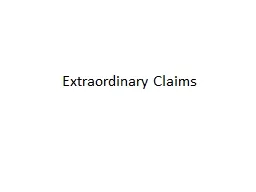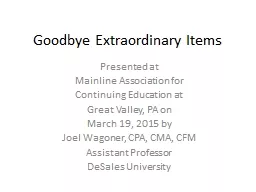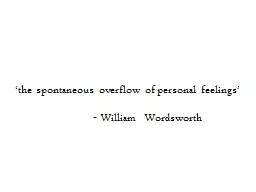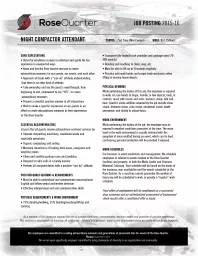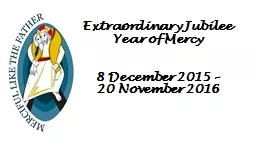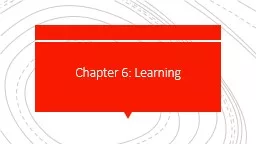PPT-Extraordinary Claims
Author : briana-ranney | Published Date : 2017-04-14
A wise man proportions his belief to the evidence David Hume Extraordinary claims require extraordinary evidence Carl Sagan Base rate neglect Outcomes Yes No
Presentation Embed Code
Download Presentation
Download Presentation The PPT/PDF document "Extraordinary Claims" is the property of its rightful owner. Permission is granted to download and print the materials on this website for personal, non-commercial use only, and to display it on your personal computer provided you do not modify the materials and that you retain all copyright notices contained in the materials. By downloading content from our website, you accept the terms of this agreement.
Extraordinary Claims: Transcript
Download Rules Of Document
"Extraordinary Claims"The content belongs to its owner. You may download and print it for personal use, without modification, and keep all copyright notices. By downloading, you agree to these terms.
Related Documents

